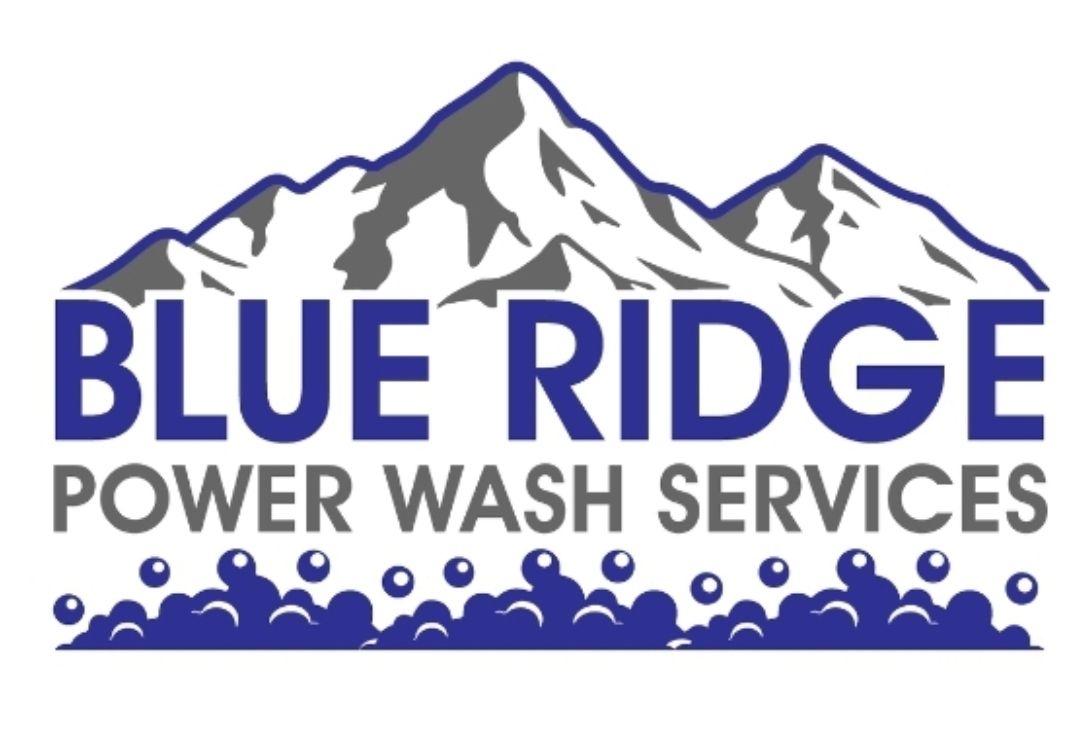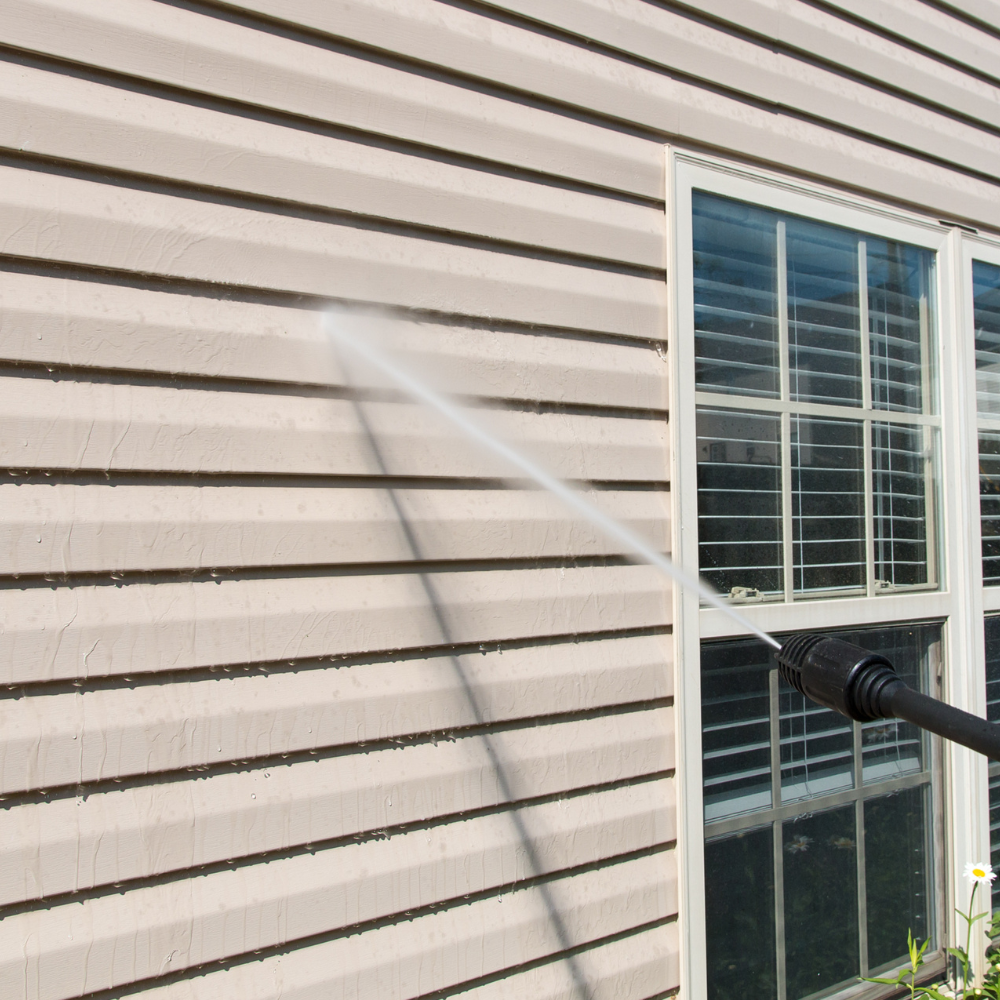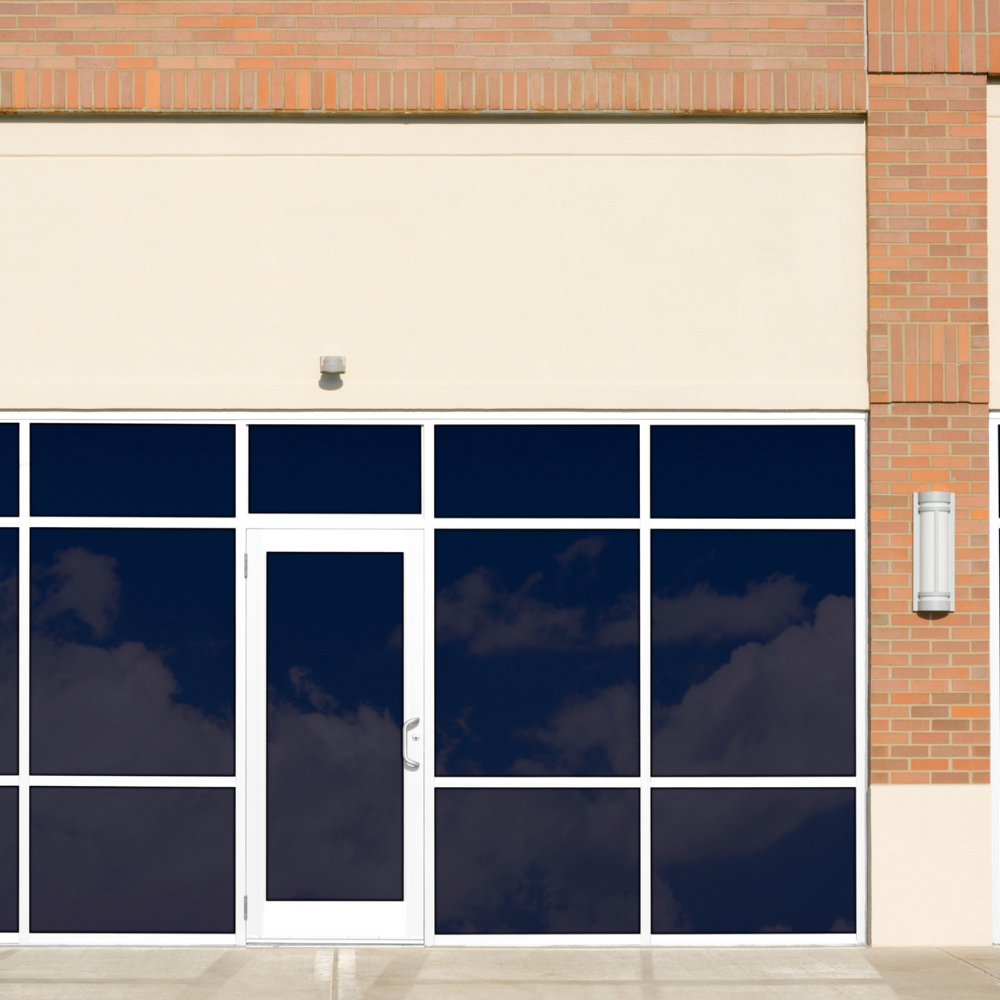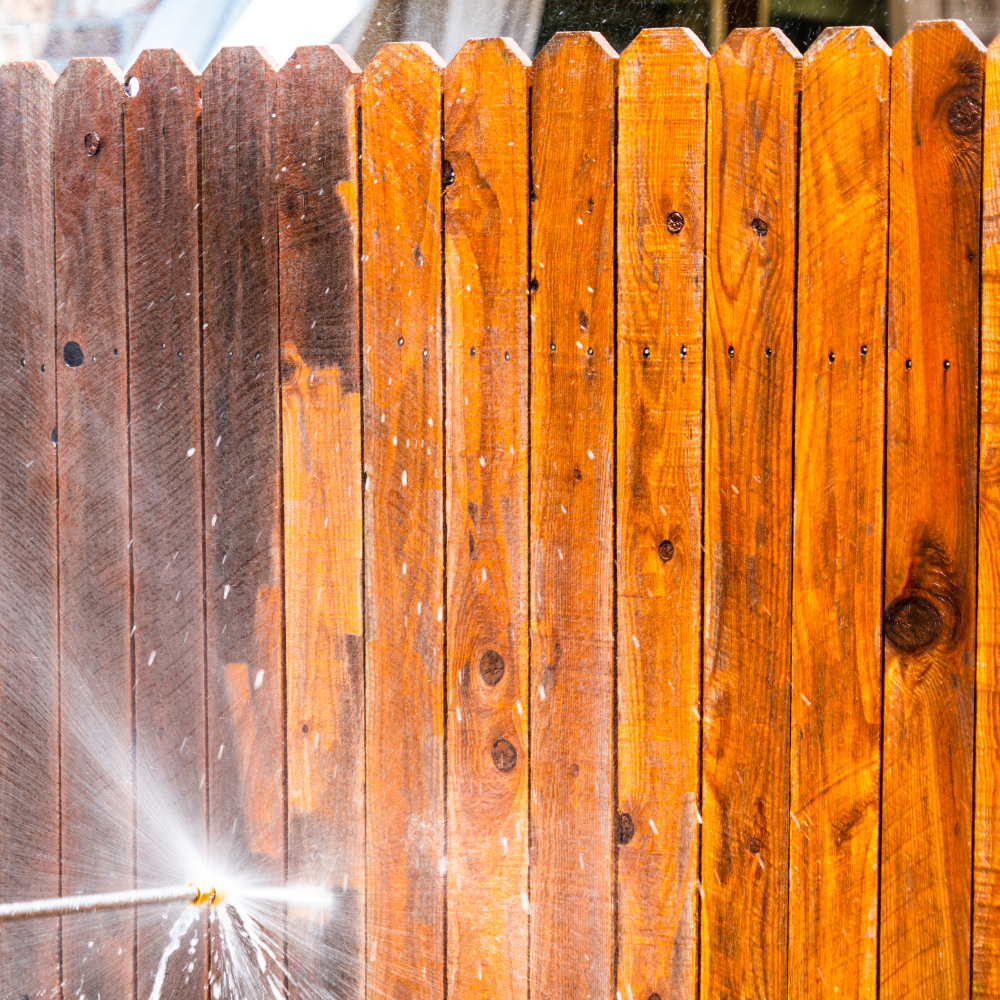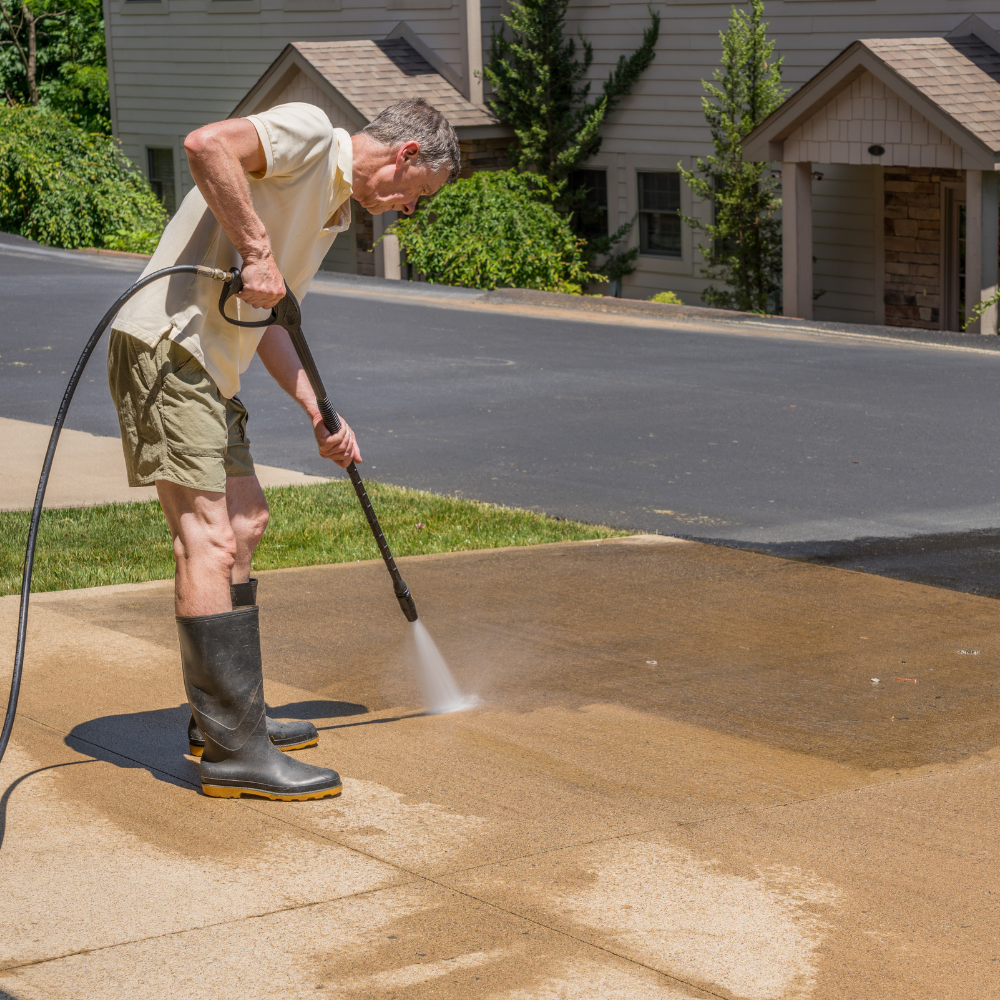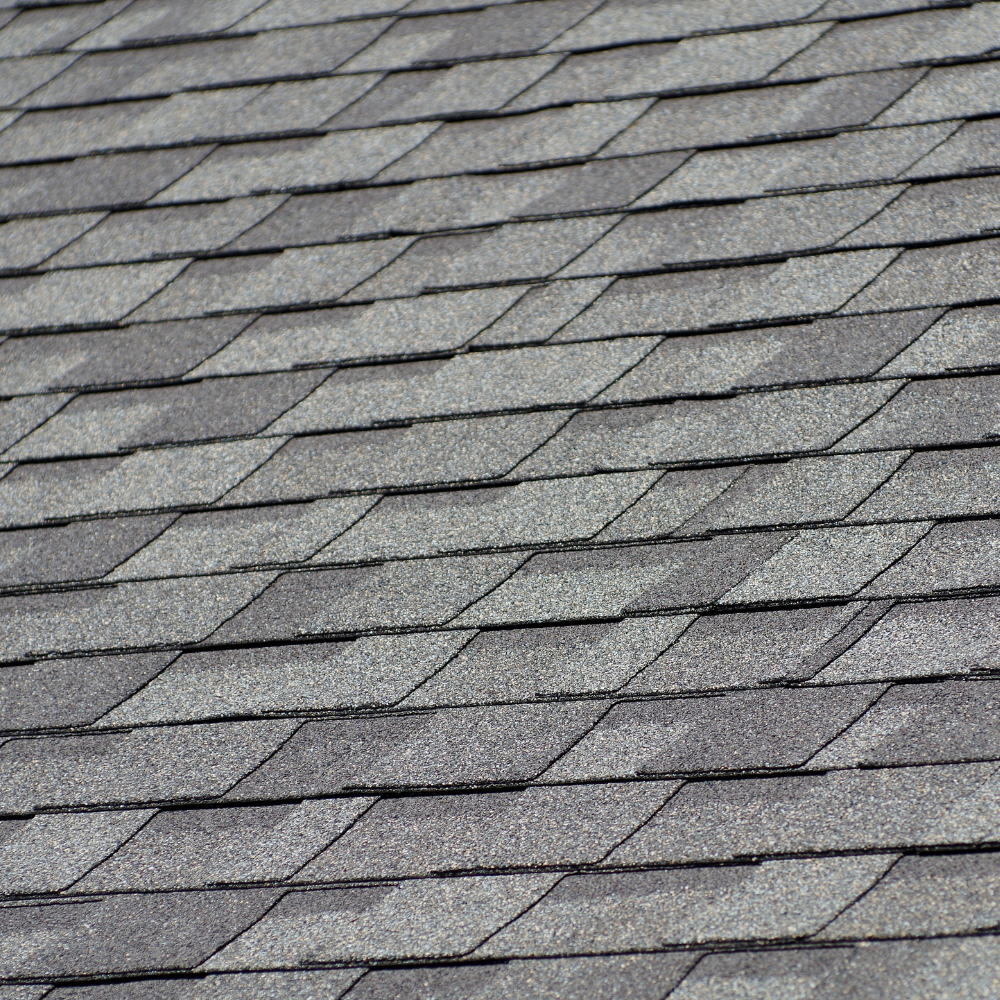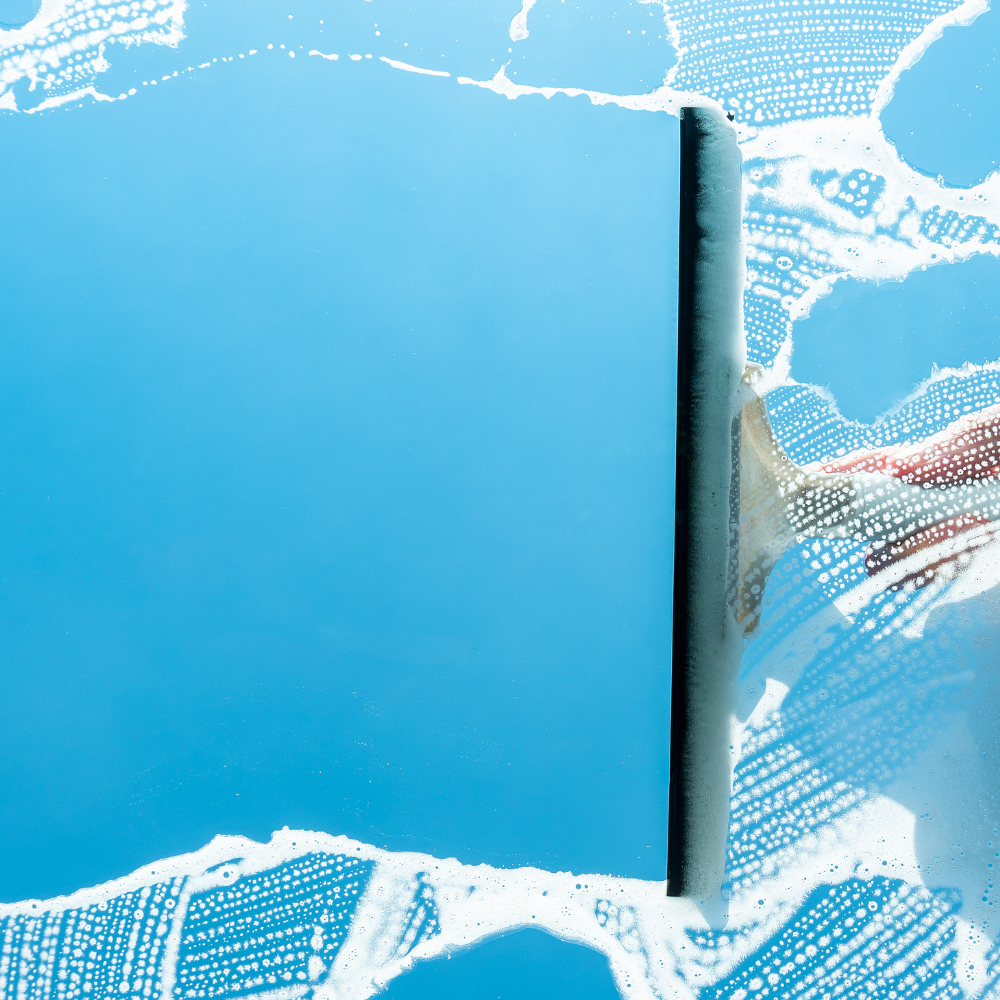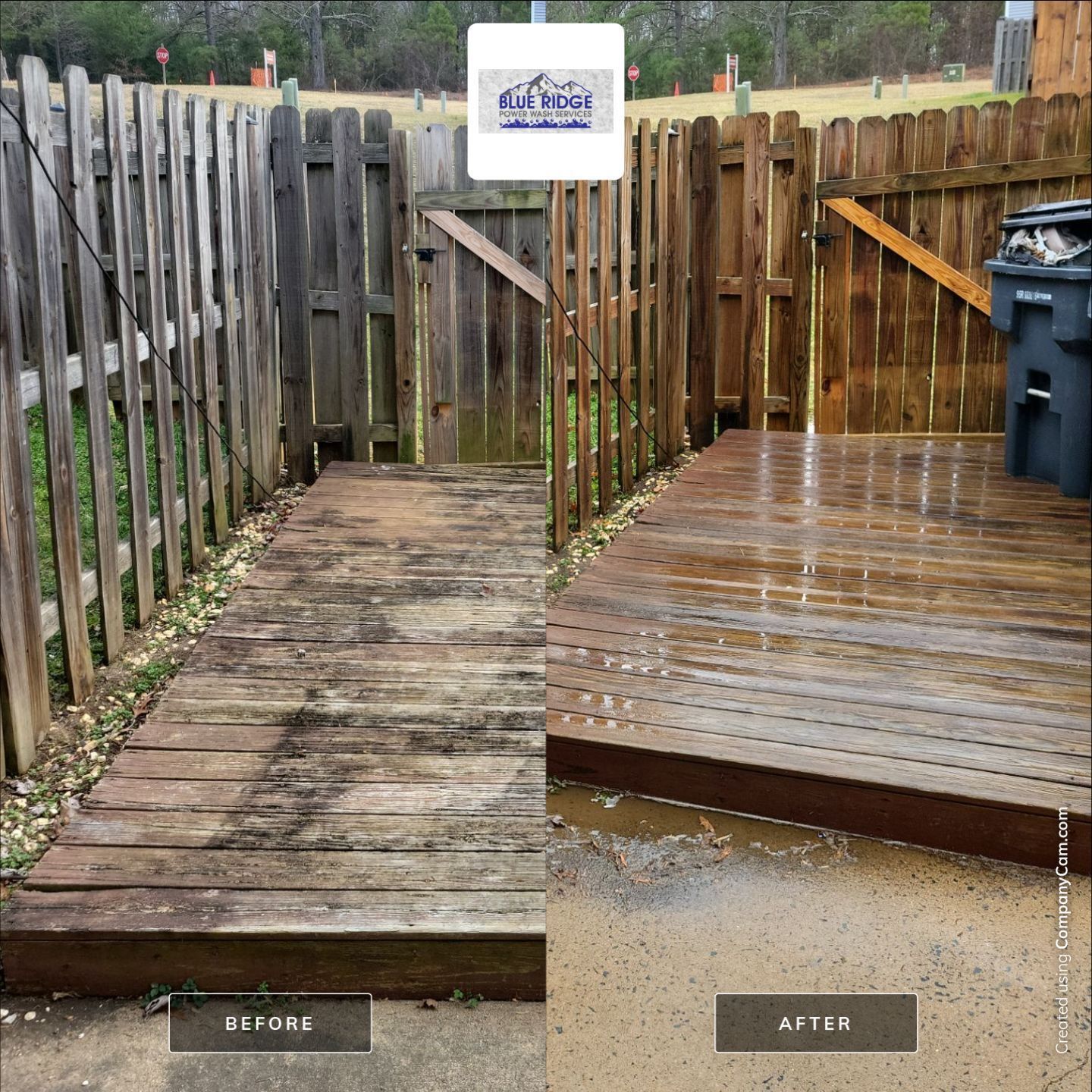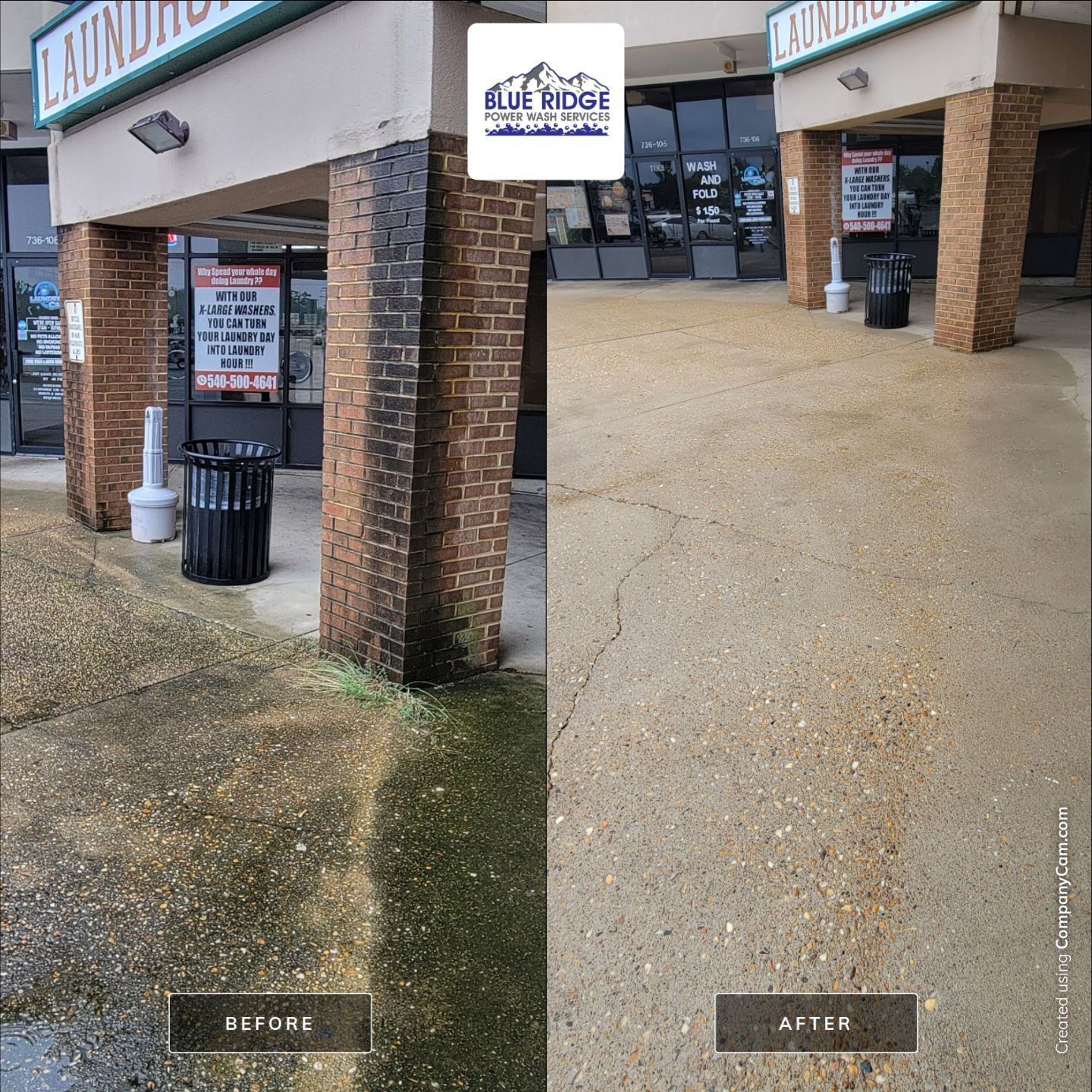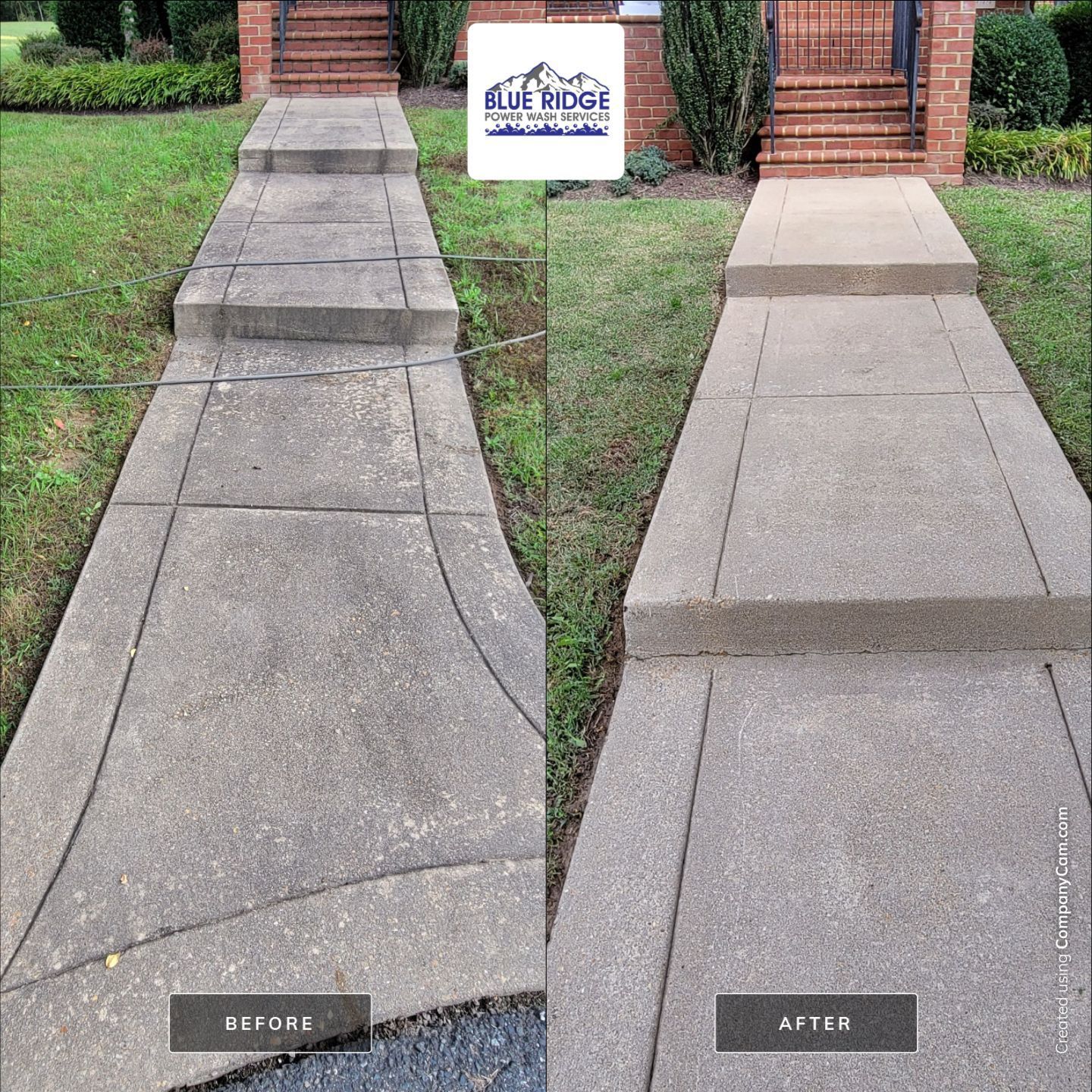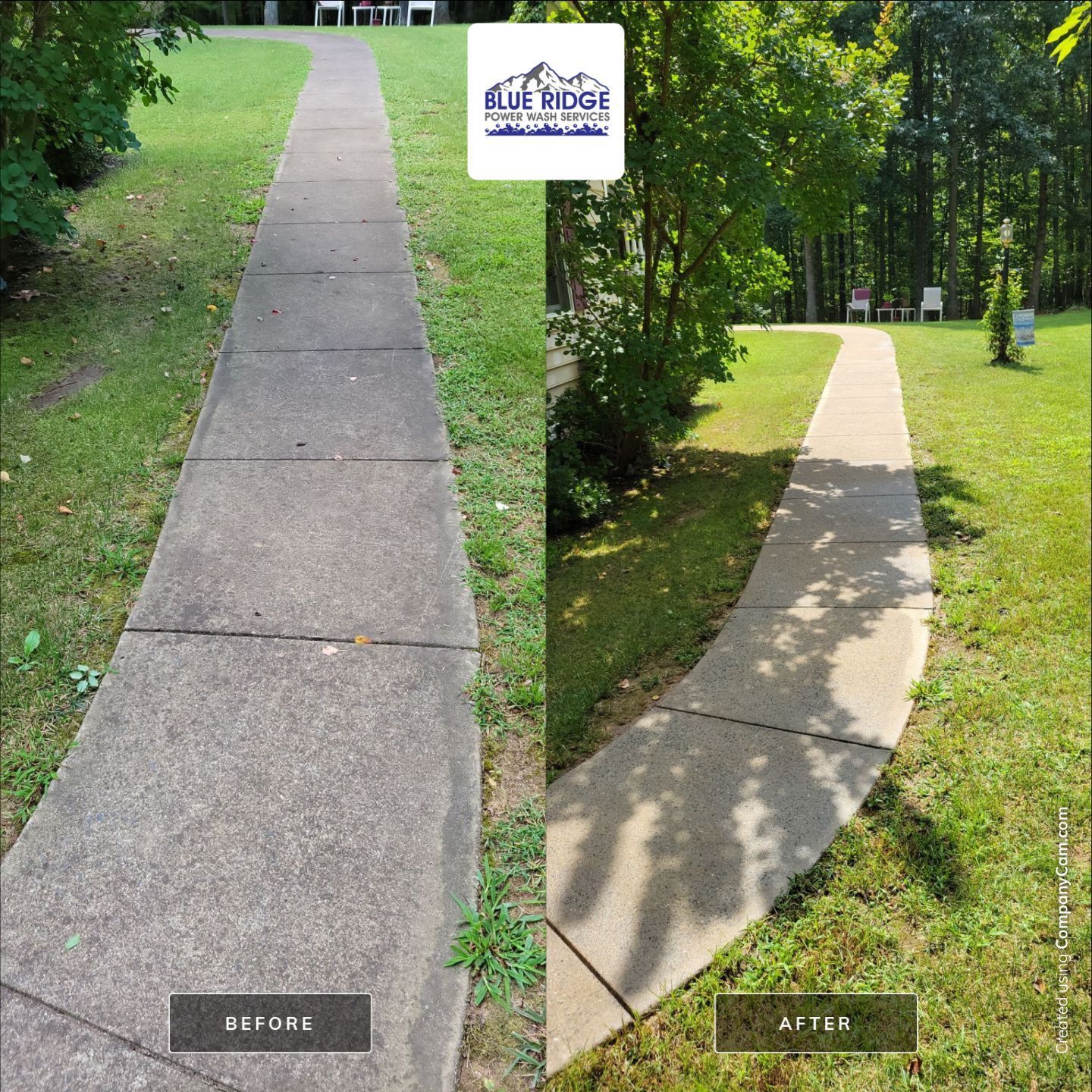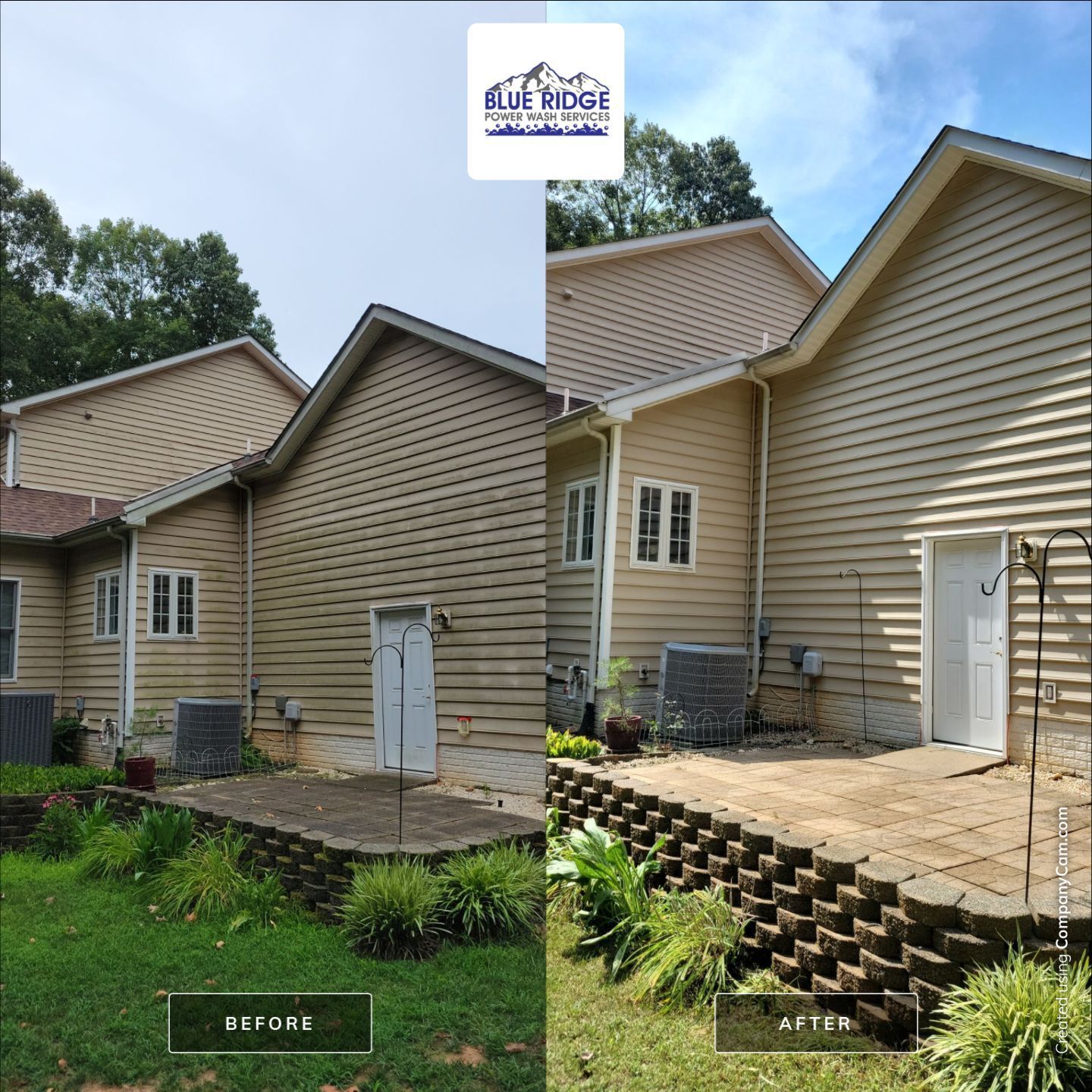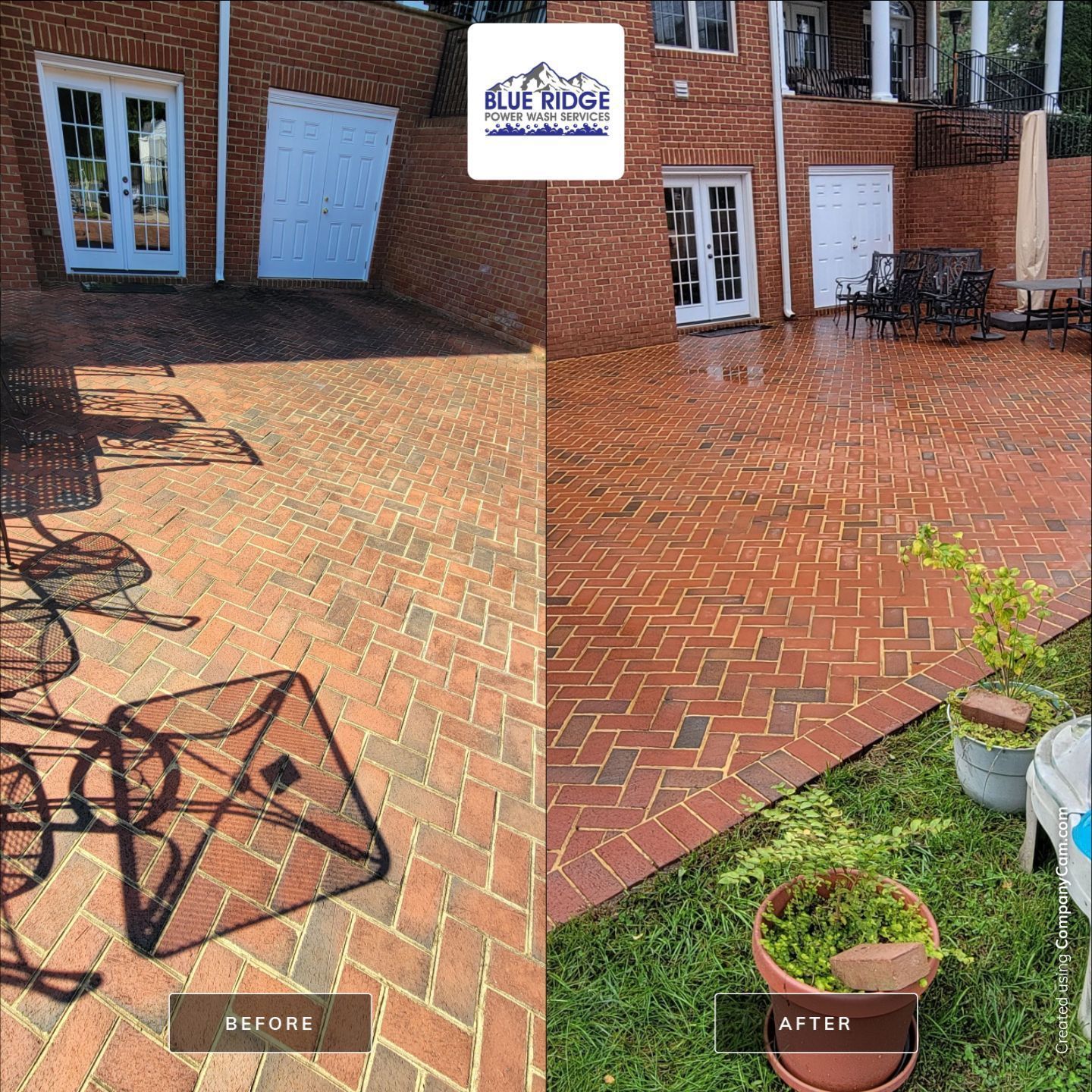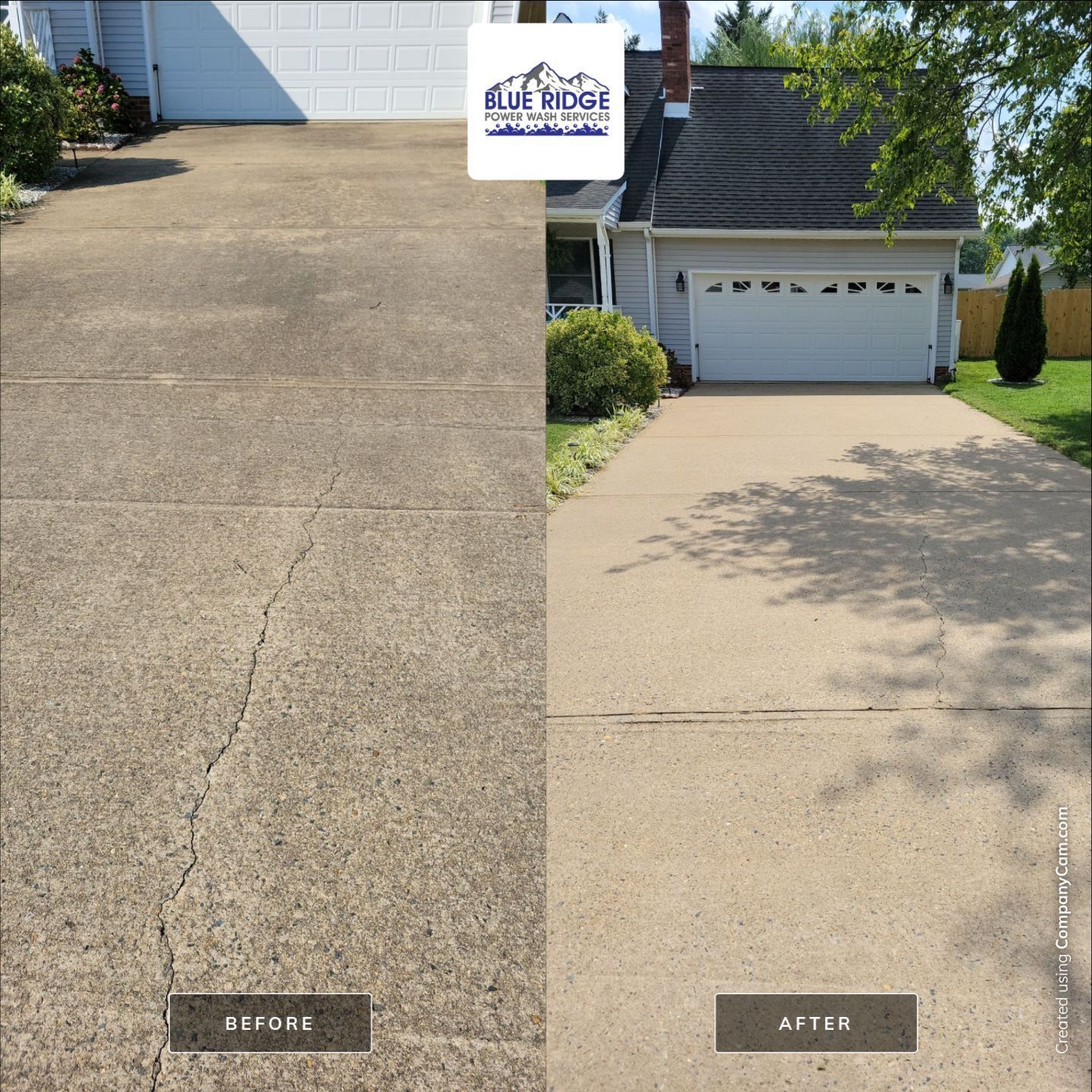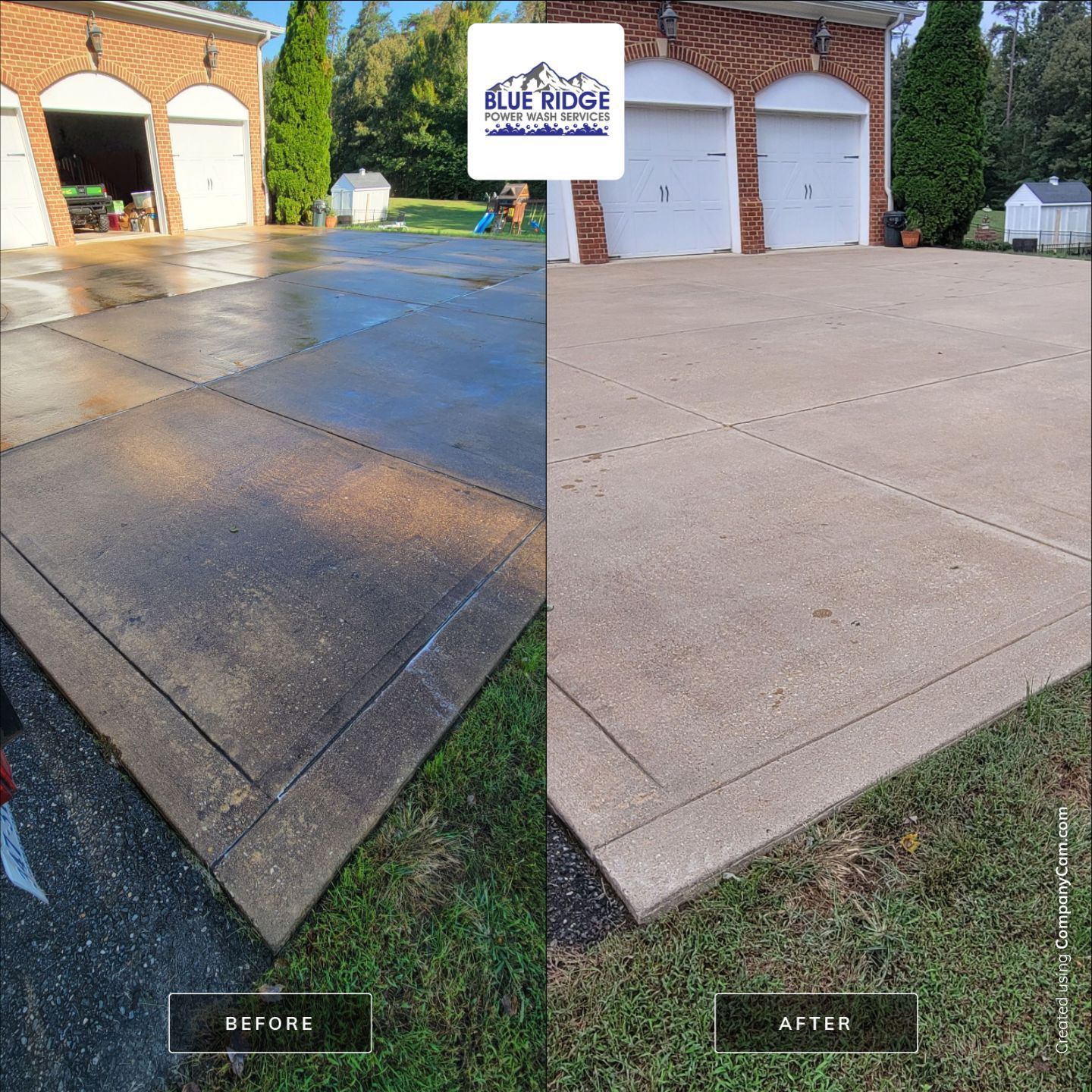Can Pressure Washing Damage Concrete Driveways and Sidewalks? The Truth Explained
If you're considering cleaning your driveway or sidewalk, you may be wondering: “Can pressure washing damage concrete driveways and sidewalks?” This article delivers an in-depth, expert-based answer to that question — covering what can go wrong, why it happens, how to do it safely, and when to call in the pros.
Why this matters
Concrete driveways and sidewalks are major investments for homeowners. When cleaning them, you want results — not damage. The key is aligning the cleaning method (like pressure washing) with the condition of your slab, its age, finish, and surface protection (sealers).
What is pressure washing?
Pressure washing (also called power washing) uses high-pressure water spray to remove dirt, stains, mold, and other contaminants from surfaces. On a concrete driveway or sidewalk, the idea is to blast away grime, oil stains, tire marks and restore a clean look. But concrete isn’t invincible.
Yes — pressure washing can damage concrete
The short answer: yes, pressure washing can damage concrete driveways and sidewalks — but only under certain circumstances. Done properly, it's safe; done improperly, it can lead to serious issues.
What kinds of damage?
Here are common types of pressure washing damage on concrete:
- Etching / pitting: The top cement “cream” layer of the concrete may be blasted off, exposing aggregate or leaving rough texture.
- Uneven cleaning / “clean lines”: If the wand is held too long in one spot or pressure is uneven, you’ll get streaks or lighter/darker patches.
- Sealer removal: If a sealer is applied to protect the slab, high-pressure spray or wrong nozzle can strip away the sealer, leaving the concrete vulnerable.
- Edge/chip damage: Blasting right at edges, joints, or thin concrete can cause chips or break off pieces.
- New-concrete risk: Concrete that hasn’t fully cured (e.g., less than a year old) is especially vulnerable to damage because the surface layer is still weak.
Why it happens
Several factors combine to make concrete vulnerable:
- Too much pressure (PSI/GPM) applied too close or with the wrong nozzle tip.
- Wrong wand angle or staying too long in one spot — consistent sweeping motion is key.
- Surface condition: Older or very worn concrete might be weaker; new concrete left less than the recommended cure time may still be soft.
- Surface type/finish: Exposed aggregate or decorative finishes may be more delicate than standard broom-finish flat slab.
- Underlying issues: If the concrete already has micro-cracks, spalling, or weak topping, the pressure washer may accelerate damage.
- Improper attachments/cleaning technique: Using a turbo nozzle or too narrow spray can concentrate force and damage the slab.
How to pressure wash concrete safely
To enjoy the cleaning benefits without risk of damage, here are best practices:
1. Determine the right pressure (PSI/GPM)
- Many sources recommend that for concrete driveways you stay under 3,000 PSI, and often in the 2,000-3,000 PSI range is safe.
- Some recommend starting even lower (e.g., 1,000-1,500 PSI) and testing a small area.
- Always match pressure to the condition of the concrete: old, worn, decorative, or new surfaces require gentler settings.
2. Choose the right nozzle and maintain distance
- Use a wide-fan nozzle tip (e.g., 25° or 40°) vs. red (0°) or yellow (15°) which concentrate spray. Narrow tips raise damage risk.
- Keep the spray wand at a safe distance (commonly 8-12″ or more) rather than hugging the surface.
- Use a surface-cleaner attachment if possible — these spread the spray and reduce direct concentrated force.
3. Prep and move evenly
- Sweep the area, remove debris and loose material — this prevents blasting rocks or gravel which can gouge the slab.
- Move the spray wand in a steady, overlapping motion. Don’t linger in one spot.
- Always test a small hidden area to verify the effect before doing the whole driveway.
4. Consider the age and condition of your concrete
- If the slab is recently poured (<12-24 months), you may want to wait longer to avoid disturbing the curing top layer.
- If the surface is already spalling, chipped, or worn, blasting it further may worsen rather than improve. In that case, sealed or resurfaced concrete may require gentler cleaning or a different method altogether.
5. Use the right detergents or stain-removers (if any)
- Use cleaning agents made for concrete; avoid harsh chemicals meant for other surfaces (rust removers, graffiti removal) that may damage concrete.
- After chemical cleaning, neutralize/rinse thoroughly to avoid residue that might weaken the surface.
6. Seal or protect after cleaning
- After cleaning and drying, applying a good concrete sealer can help protect the slab and make future cleaning easier.
- If pressure washing removed or weakened the sealer, you’ll want to reseal to avoid future water-penetration or freeze/thaw damage.
When you shouldn’t pressure wash
- Newly poured concrete: If less than ~12-24 months old, the surface may still be curing and vulnerable.
- Decorative finishes / exposed aggregate: These may have a thin top layer of “cream” that’s aesthetic; overly aggressive cleaning can remove that.
- Heavily deteriorated or spalled concrete: If the surface is already failing, pressure washing may worsen it rather than help.
- Incorrect equipment or lack of experience: DIY pressure washing without knowledge can lead to “Swiss cheese” concrete.
The benefits of pressure washing — when done right
If done properly, pressure washing offers several advantages:
- Removes oil, grease, tire marks and organic growth (mold, mildew) which otherwise degrade concrete.
- Improves curb appeal — a clean driveway adds to home value.
- Helps prevent long-term degradation: by removing harmful agents (oil, chemicals, plant growth) that seep into pores and accelerate cracking.
Thus, “damage” is not inevitable — it’s about technique, context and care.
Quick reference: Safe pressure washing checklist
| Step | Action |
|---|---|
| Inspect | Note age, finish, sealer status, condition (cracks/spalls) |
| Prep | Sweep debris, protect nearby plants or features |
| Set Pressure | Start low (1,200‑1,500 PSI) and test; avoid exceeding ~2,500‑3,000 PSI for most residential concrete |
| Select Nozzle | Use 25° or 40° fan tip; avoid 0° or narrow stream |
| Maintain Distance & Motion | Hold wand ~8‑12″ away, keep it moving, avoid dwelling |
| Test Area | Try a small hidden section to observe any surface change |
| Clean & Rinse | Work in sweeps, rinse thoroughly |
| Seal (if needed) | After drying, consider resealing to protect surface |
Final thoughts
To circle back: Can pressure washing damage concrete driveways and sidewalks? — yes, but only if the wrong pressure, technique, or timing is used. With the right approach — correct PSI, nozzle, motion, and consideration of the slab’s condition — you can safely clean and restore your concrete surfaces without causing harm.
If you’re unsure about your driveway’s age or condition, or if it has specialized finish or visible wear, it might be wise to call in a professional pressure-washing contractor who understands these risks and techniques. Get a professional quote here.
